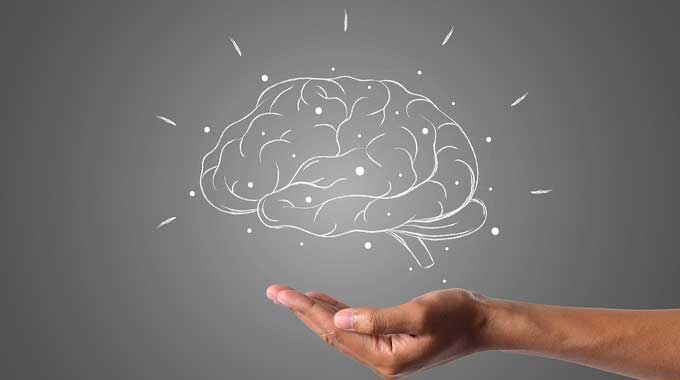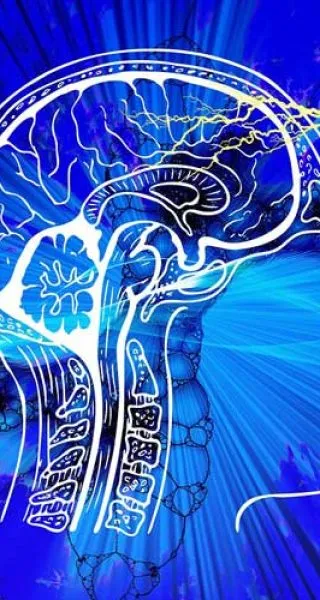Transcranial magnetic stimulation (TMS) is a non-invasive diagnostic and treatment technique used to treat various disorders including depressive disorders such as major depressive disorder, eating disorders, and some neurodegenerative diseases. It offers alternatives to treatments that don’t always work for everyone. We will talk about what TMS is and how it works, how many treatment sessions are needed for effective treatment, and where you can access treatment.
- What Is Tms
- How Does Tms Work
- Effects Of Tms
- Adverse Effects Of Tms Treatments
- How Many Sessions Does It Take For Tms To Work
- Does The Frequency Of Tms Sessions Matter And Can It Work After One Session
- What Is The Optimal Tms Treatment Schedule
- What Is The Success Rate Of Tms Therapy
- Get Tms Treatment Today
What is TMS?
Electrical pulses have been used to stimulate brain cells since the early 20th century when electroconvulsive therapy became popular. TMS is a non-invasive and painless treatment which was approved for use in the US in 2008. The most common use of TMS is for the treatment of depression. It is particularly prescribed for those who have major depression and treatment-resistant depression.
Treatment-resistant depression is where other depression treatments such as therapy and antidepressants have not worked. Other uses for TMS treatment include eating disorders, Alzheimer’s disease, persistent vegetative states, schizophrenia, substance use disorders, anxiety disorders, epilepsy, and stroke-related disabilities among other things.
In terms of diagnosis, TMS is used to map functional connectivity between brain areas. This includes connections between the cerebellum and other parts of the brain and the connections between the primary motor cortex and the central nervous system and peripheral nervous system.
How Does TMS Work?

During TMS a magnetic coil is placed on the head of the patient. The coil is connected to an electric pulse generator which delivers an electric current to the coil. This induces a magnetic field which is targeted at a particular part of the brain through the placement of the coil. This causes an inverted electrical charge in that brain area which activates nearby cells. Neurons effectively work through the changes of charges across cell membranes.
Once a particular difference in charge is reached across the membrane the cell will fire, or conversely, the cell can be more difficult to activate if the charge is far from the prime to fire. Therefore, TMS can make cells more or less excitable depending on the frequency used.
TMS can activate cells up to five centimeters into the brain. By using a modified coil and techniques for deeper stimulation, deep TMS can reach up to six centimeters which allows it to stimulate deeper layers of the motor cortex such as those which control the actions of the legs.
Effects of TMS
When using TMS for diagnostic uses it measures the activity and function of brain circuits by generating single or paired pulses and observing responses to these. When generated in the primary motor cortex, pulses will produce muscle activity, when generated in the occipital cortex you may see flashes of light, and if they are generated in other brain areas they may cause behavioral changes such as slower reactions times or there may be changes in brain activity which can be detected using other diagnostic methods.
Repetitive transcranial magnetic stimulation (rTMS), a term which is often used interchangeably with TMS, is when you have more than one session of TMS. This is more likely for treatment purposes. Unlike TMS for diagnosis, rTMS generally causes effects which last beyond the treatment period such as reduction in depression symptoms.
Clinical trials have shown that TMS affects the particular parts of the brain targeted. For example, the cravings in eating disorders are thought to have similar brain mechanisms as drug cravings. There is increased activity in the orbitofrontal and anterior cingulate cortex and decreased regulation of this from the lateral prefrontal cortex. TMS for eating disorders focusses on increasing the regulation from the lateral prefrontal cortex which causes a decrease in food cravings.
Adverse Effects of TMS treatments
TMS is generally a painless and safe treatment. The magnetic field produced is about the same strength as an MRI and most people will only feel a light tapping on their head below the coil as the magnetic pulses are generated. However, in rare cases you may experience adverse effects. The most common of these is scalp discomfort. Other rarer effects include mild headaches, fainting, seizures, pain, cognitive change, hearing loss, and hypomania. It can also induce currents in pacemakers and defibrillators. These risks are higher for therapeutic compared to diagnostic uses and increase if the stimulation frequency is higher.
How Many Sessions Does It Take for TMS to Work?
The number of TMS sessions needed for it to work depends on the patient, their disorder, and the severity of their symptoms. Most people will have five sessions per week for four to six weeks, with sessions tapering off from week four. Each session lasts about twenty to forty minutes. Some people will not need TMS again, whereas others will experience a period of remission before symptoms return and they need further sessions. Symptoms may also improve before the end of the treatment, however it is important to finish it to get the full effects.
For those who need another set of sessions, it is important to note that you are likely to respond just as well to following treatment as the first time. This is unlike most drug treatments to which you develop tolerance over time. This means that you need increasing doses to get the same effect.
Does the Frequency of TMS Sessions Matter and Can It Work After One Session?
As mentioned, most TMS treatment programs will include five sessions per week. However, a 2012 study showed that three sessions per week did not affect the final treatment outcome. There was a difference in how quickly their depressive symptoms began to improve though, with those on three treatments per week experiencing slower symptom reduction.
This was also shown in a 2020 study which looked at whether unanticipated gaps in treatment affected prognosis. This study showed that even when people missed as many as fourteen days in a row there was not a significant impact on final depression outcomes.
Another study from 2018 looked at whether having more frequent sessions led to any adverse effects. Patients were given TMS treatments twice per day compared to once per day. Those who received treatment twice per day had a greater response rate and did not experience any adverse effects compared to those who had treatment once per day. It is unclear if there is a limit to how frequently you can receive treatments.
TMS has even been shown to reduce cravings and binge eating episodes after one session according to a 2014 study. In terms of depression treatment, it generally seems to take at least two weeks before people start to feel an improvement in symptoms.
What Is the Optimal TMS Treatment Schedule?
The optimal TMS treatment schedule depends on your condition and how severe it is. It also depends on your daily schedule. As shown the frequency of sessions can change how quickly you see a reduction in symptoms but does not affect your final treatment outcomes. Therefore, it is possible to make TMS flexible to your schedule as long as your treatment provider allows this.
What is the Success Rate of TMS therapy?
Most research looks at the success rate of TMS therapy for depression. Other treatments for depression work for sixty to seventy percent of those who use them according to the National Institutes of Health. A 2012 study showed that TMS improved depression significantly in fifty-eight percent of patients and led to complete remission of symptoms in thirty-seven percent of patients. The amount is likely to be different for those with different disorders, however, there is currently no conclusive research relating to these.
Get TMS Treatment Today
GIA Chicago is a mental health clinic that specializes in TMS therapy. Our multicultural and multilingual specialists offer individualized treatment programs based on your needs. Our center is a peaceful and stress-free environment, allowing you the best opportunity for recovery. If you would like to find out more or are ready to get treatment, please visit our website or call us on (312) 847-1233.





